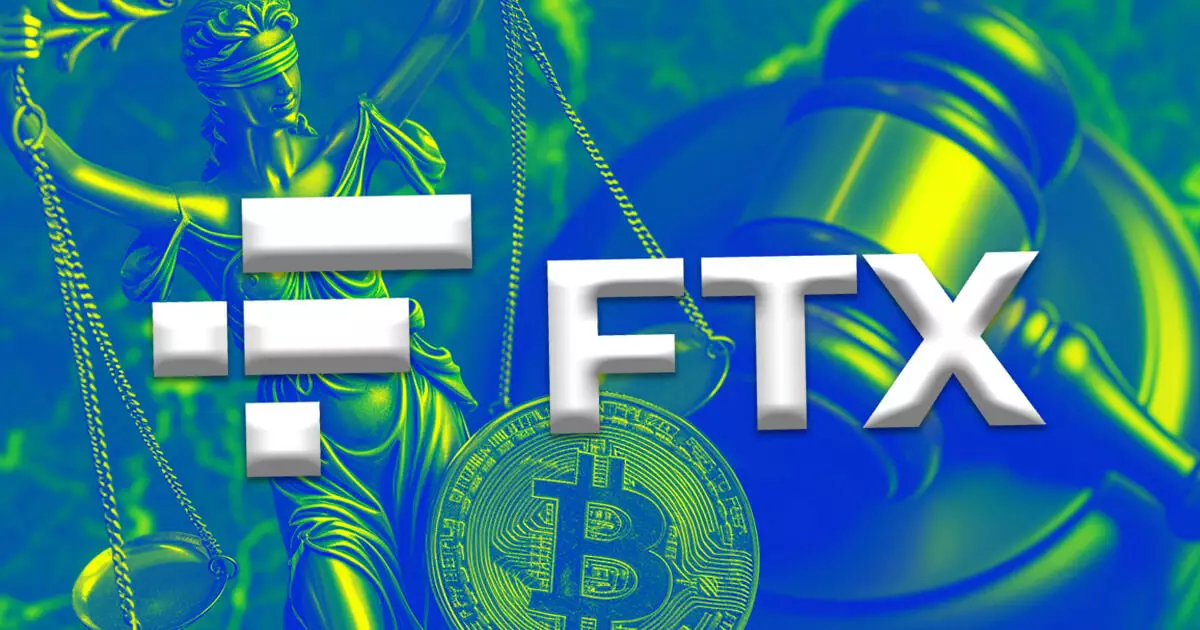In a recent bankruptcy hearing, FTX has made the decision to abandon any hopes of revival and instead liquidate its assets to provide full compensation to its affected customers. This choice, delivered by Andy Dietderich, FTX’s attorney, has had a detrimental impact on the value of the exchange’s native token, FTT, which fell 13.95% as a result of the news. Currently, FTT is trading at $2.33 according to CryptoSlate data.
Months of negotiations with potential investors and bidders have proven fruitless for FTX, leading to their inability to secure sufficient funding for rebuilding the exchange. This lack of interest from investors can be attributed to the fundamental flaws in FTX’s operations that were exposed during the bankruptcy proceedings. Andy Dietderich described the exchange as “fundamentally flawed” due to its inadequate technology and administrative structure. Additionally, the actions of FTX’s founder, Sam Bankman-Fried, who has been convicted of fraud charges, played a central role in the company’s downfall. In light of these circumstances, resurrecting the exchange from its current state is deemed impractical.
Instead of attempting a resurrection, FTX will focus on liquidating over $7 billion in recovered assets to fully compensate its customers. These assets were frozen when FTX filed for bankruptcy in November 2022. Regulators have agreed to wait for their claims to be addressed after the exchange has repaid its customers. However, the repayment process is not without its controversies.
Customers have raised concerns regarding the valuation of their repayments, which are based on cryptocurrency prices as of November 2022. As November 2022 was a period of significant market slump, many customers feel they are being shortchanged, especially given the subsequent rise in cryptocurrency values. Unfortunately for these customers, U.S. Bankruptcy Judge John Dorsey has upheld the use of November 2022 prices for repayment calculations. This decision is grounded in U.S. bankruptcy law, which dictates that debts must be repaid based on their value at the time of filing for bankruptcy, leaving no room for alternative interpretations.
Customers have been cautioned to prepare for a potentially lengthy repayment process as FTX needs time to sift through and validate the legitimacy of claims. The complexity of this task adds another layer of uncertainty for customers seeking resolution.
FTX’s bankruptcy filing in November 2022 unleashed a wave of financial losses for millions of customers. The company’s inability to secure adequate funding for revival points to serious flaws in its operations, which were compounded by the actions of its founder. As FTX moves forward with liquidation, customers must navigate a contentious valuation process and endure a potentially lengthy wait for repayment. The demise of FTX serves as a sobering reminder of the risks and pitfalls that exist in the world of cryptocurrency exchange and investment.

